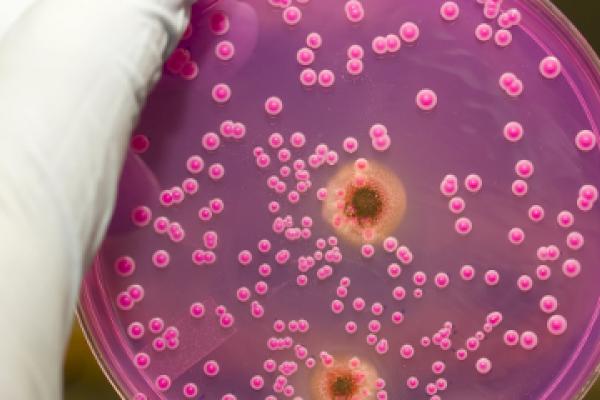Unlocking the DNA of Saccharomyces cerevisiae, a species of yeast used in winemaking, baking and brewing, began through the EU’s Biotechnology Action Plan (BAP) in 1989. Led by Belgian biologist André Goffeau, a total of 147 researchers from 35 laboratories linked forces to sequence chromosome III, one of the 16 chromosomes found in yeast, with the groundbreaking results published in 1992.‘Without the European funds, I don’t think the project would have happened at all. It certainly wouldn’t have moved as fast as it did,’ said Professor Stephen Oliver, now of Cambridge University, UK, who led the team.“‘Sequencing chromosome III … provided the keys to unlock the genetic potential of yeast.’Professor Stephen Oliver, Cambridge University, UK‘Sequencing chromosome III … provided the keys to unlock the genetic potential of yeast and other organisms, because we could define what was there and begin to study the function of genes that, previously, we didn’t even know existed,’ he said.Mapping the remaining 15 yeast chromosomes was completed with further Framework Programme support for an even wider consortium of researchers in the EU, the US, Japan and Canada, and published in 1996.Funding from BAP’s successors – the BRIDGE and BIOTECH programmes – helped to identify the functions of specific yeast genes. That was crucial in understanding similar genes in humans, and laid the foundations for sequencing the entire human genome, which was completed in 2003.Low alcoholHaving a blueprint of the inner workings of yeast has been all-important in identifying and developing new strains for making beers and wines with particular flavours or lower alcohol, or to be used in hotter production regions.New yeast varieties have also helped in efforts to reduce reliance on fossil fuels, through biofuels such as industrial ethanol and biodiesel from plant matter or waste from wood processing.In medicine, the yeast genome map has allowed yeast to be used to produce new medications and vaccines, and in understanding diseases such as colon cancer and cystic fibrosis. It has also played an important role in developing treatments such as gene therapy.‘I think the synergy among yeast researchers within Europe was hugely boosted by the chromosome III project and the genome project,’ Prof. Oliver said. ‘The collaborations outlived the sequencing project itself and have continued through other projects.’
This article was originally published in Horizon, the EU Research and Innovation magazine.
Add to favorites:
Share:
Listing Description
Video
Documents
No documents available.
Ask KETMarket to make a contact
Connect with the Listing Owner!
💬 Please log in now to askKETMarket to make a contact. Not a member yet? Sign up for free and start connecting today!
Video
Related Funding and Finance Opportunities
Unlock Exclusive Funding Opportunities!
🔑 Get instant access to tailored funding opportunities that perfectly match your needs. This powerful feature is exclusively available to our premium members—helping you save time, stay ahead of the competition, and secure the right funding faster.
Upgrade to Premium now and never miss an important opportunity again! Already a premium member? Log in here to explore your matches.
Related Innovation Offers
Discover Tailored Innovation Offers!
🚀 Gain access to technology solutions that match your specific needs and interests—carefully selected to support your innovation goals. These offers are exclusively available to our premium members, helping you identify relevant technologies faster and start the right conversations with potential partners.
Upgrade to Premium now and explore your personalized technology matches today! Already a premium member? Log in here to view your tailored offers.
Related Knowledgeable Resources
Discover More with Premium: Related Knowledge Resources
🔒 You’re missing out on expert-curated knowledge specifically matched to this topic. As a Premium member, you gain exclusive access to in-depth articles, guides, and insights that help you make smarter decisions, faster.
Whether you’re preparing a funding proposal, researching a new market, or just need reliable information—our Premium knowledge matches save you hours of research and point you directly to what matters.
Upgrade to Premium now and instantly unlock relevant knowledge tailored to your needs! Already a member? Log in here to view your personalized content.

